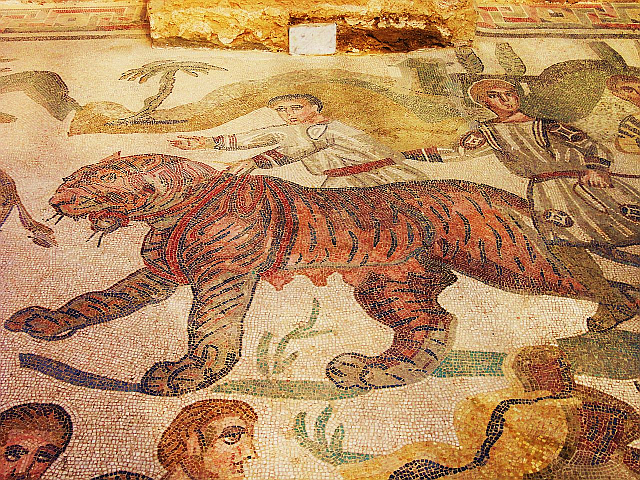A while ago, our group began reading Dante's Paradiso aloud and discussing it -- the first post on this blog, entitled "A few notes on how the Paradiso begins," came on November 1, 2015.
Today, April 11, 2018, we read the final lines of Paradiso 33. As one of our group said, the experience leaves one thinking the thing to do is turn to canto 1, and perhaps read it for the first time.
Our plan isn't to go down to our piccoletta barca and once again pursue Dante's flight. But one thing we've learned is that the poem, rich at the level of the word or line, is also rich if one steps back and looks from a middle distance, and doubtless richer still if one were to attain some Archimedean point from which to see it whole.
Our thought is to have one more session, to look at cantos 32 and 33 as a unit, and I'll suggest we bring in Paradiso 1 as well, as we noticed today how much the last canto is intertwined with the first -- consider simply the relation of the first and last lines of the entire canticle:
Thoughtful commentaries by Teodolinda Barolini for these three canti are here:
Paradiso 1 Paradiso 32 Paradiso 33
Today, April 11, 2018, we read the final lines of Paradiso 33. As one of our group said, the experience leaves one thinking the thing to do is turn to canto 1, and perhaps read it for the first time.
Our plan isn't to go down to our piccoletta barca and once again pursue Dante's flight. But one thing we've learned is that the poem, rich at the level of the word or line, is also rich if one steps back and looks from a middle distance, and doubtless richer still if one were to attain some Archimedean point from which to see it whole.
Our thought is to have one more session, to look at cantos 32 and 33 as a unit, and I'll suggest we bring in Paradiso 1 as well, as we noticed today how much the last canto is intertwined with the first -- consider simply the relation of the first and last lines of the entire canticle:
La gloria di colui che tutto move (1.1)
l'amor che move il sole e l'altre stelle. (33.145)In a sense, the poem is a meditation on motion. On what it can mean -- to move and, or, be moved -- in a universe seemingly bound by eternal laws.
Thoughtful commentaries by Teodolinda Barolini for these three canti are here:
Paradiso 1 Paradiso 32 Paradiso 33

